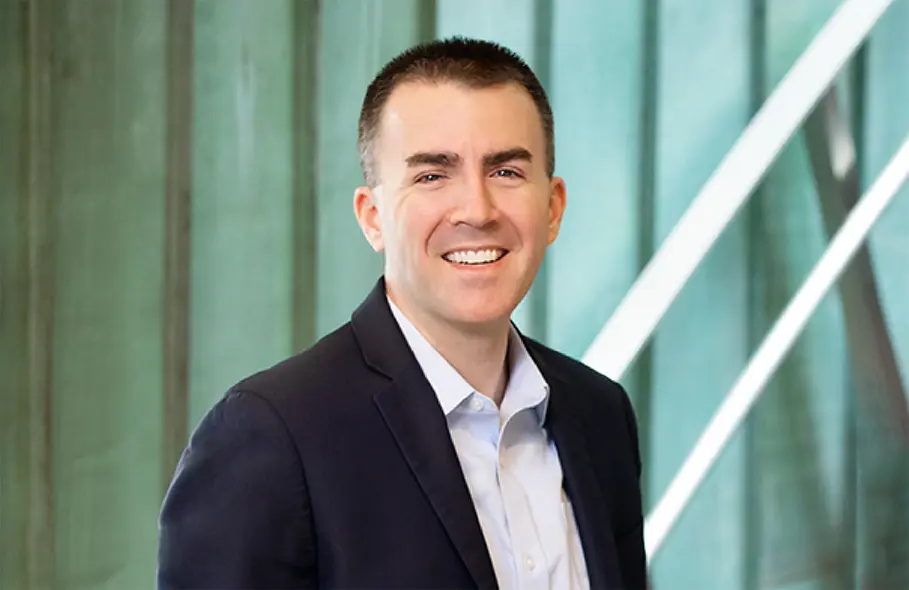EPOL's Bruno and Kim: Lessons Learned from 10 Years of California’s Local Control Funding Formula
by Paul Bruno and Haeryun Kim for Brookings / Feb 22, 2024


In recent decades, many states have taken significant steps to equalize funding across school districts with some success. However, implementing equitable and efficient public school funding systems represents a persistent challenge.
One of the most significant efforts to overhaul public school funding has taken place in California. With its Local Control Funding Formula (LCFF) adopted in 2013, California reshaped school funding in the state and offered a potential model for other states. LCFF is distinct from many existing funding systems in that it aims to distribute money equitably by providing more funding to high-need districts (allocated based on student need), while also providing greater flexibility to local school boards and simplifying the funding system.
Here, we describe how LCFF has improved school funding equity and student outcomes, particularly for disadvantaged students, but remains incomplete in some ways. Now a decade past adoption, we reflect on what we know about the formula’s successes and challenges, as well as its implications for states attempting to accomplish similar objectives.
What is LCFF?
LCFF was developed to address flaws in California’s K-12 school district (and charter school) funding system. First, LCFF sought efficiency and flexibility. The previous funding system relied heavily on categorical funding streams with complicated formulas and spending restrictions. LCFF replaced many of these programs with unrestricted state aid that districts can largely use as they see fit, based on local needs and priorities.
Second, LCFF aimed to increase equity by funding districts based on students’ educational needs rather than simple enrollment counts or historical funding patterns. Most LCFF funding is determined by a per-student base grant to districts that varies by grade level. LCFF then “weights” this base grant to provide additional revenue for each student the law considers “high-need.” This is defined as being an English learner, from a low-income family, or in the foster system. Districts receive a “supplemental” grant worth 20 percent of the base grant for each high-need student. Additionally, when the share of such students exceeds 55 percent, LCFF awards a “concentration” grant for each high-need student over that threshold, worth another 65 percent of the base grant. Because each student can be counted as high-need only once, LCFF is said to fund districts based on their unduplicated pupil counts.
The Brookings Institution is a nonprofit organization based in Washington, D.C. whose mission is to conduct in-depth, nonpartisan research to improve policy and governance at local, national, and global levels. Read the full story at the Brookings website...
